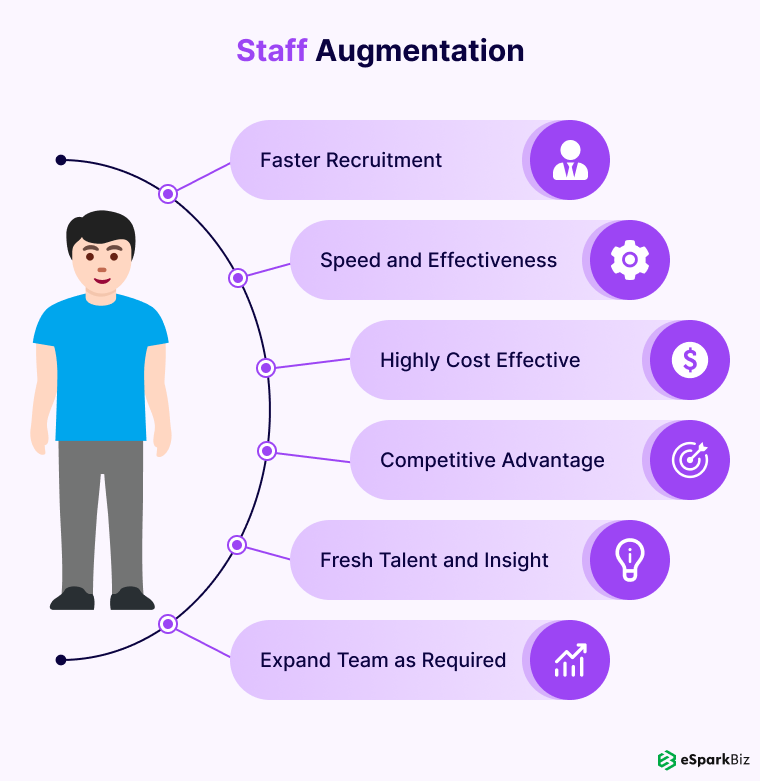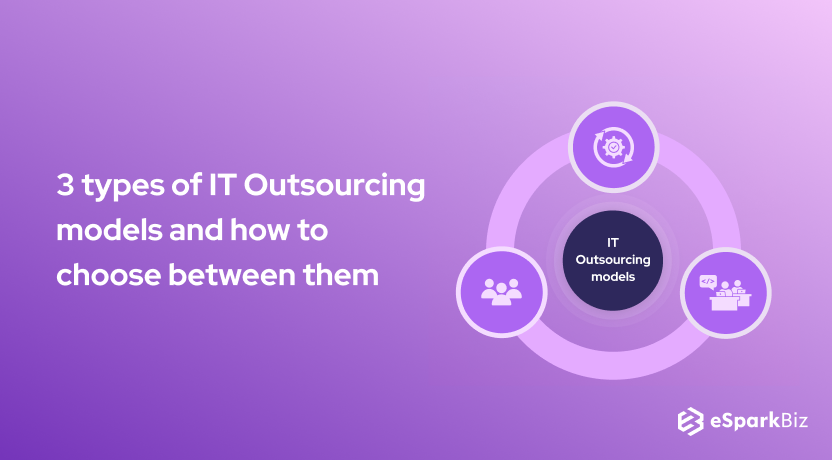An IT company has to deal with several business processes. Starting from consultation to advisory, the differences in these processes can make it difficult for a company to manage everything swiftly.
This is why conflicts arise and communication gaps are created. Here in this blog, we are going to provide you outsourcing models with pros and cons of each.
When the company needs to adopt a new technology or a service, they have to train in-house teams. Some companies even hire dedicated developers india which put further pressure on the management and the HR teams.
This is the reason IT outsourcing services have become popular for the IT industries. Outsourcing is a procedure by which a company hands over a particular business process or service to a third-party firm.
This third-party firm is way more experienced than the concerned IT company which is why outsourcing has become a popular practice for managing the projects.

Hence, to make them more aware, we have discussed here the 3 major outsourcing models which are adopted by several IT companies over the world. In addition, we will also guide you in choosing the best model which will suit your business perfectly.
IT outsourcing models Types

It is essential for you to understand the three major outsourcing models adopted by various IT companies all around the world. It will help you to strategize the process accordingly and avoid any conflict or roadblock.
Team-based outsourcing model
The team-based model defines a process where the vendor company can pick different professionals and form a team for handling your project work. You won’t have to rely only on a certain number of individuals working from remote locations.
The outsourced team will act as your company’s in-house team which will help you in managing the business process and the project perfectly.
PROS
- You can establish proper collaboration with the team and delegate the tasks properly as per the business needs.
- The team will be at more ease in working with you. Hence, the work environment will improve further.
- These outsourced teams are reliable enough to hand over the work to them. You won’t have to supervise since they are skilled in what they do.
CONS
- This particular outsourcing model is not good for short-term projects.
- You have to wait until the vendor company has formed the right team for you.
Also Read : Offshore Software Development: Detailed Guide
Process-based outsourcing model
In this model, you can hand over the entire control of the technical process to the IT outsourcing company. They will be responsible for managing the teams, handling the project works, understanding the client requirements, and even taking responsibility for failures and risks.
The process-based outsourcing model is preferred when your company’s in-house team lacks the knowledge of a particular IT tool. It can also be adopted when your teams are flooded with other projects and there is no current option for more recruitment.
PROS
- You won’t have to deal with the outsourced employees and manage the work. So, you can focus on the existing tasks being done by your company.
- There is no reason to take the blame of failures or risks of the project with this outsourcing model.
- Negligible effort to be put from your side in managing the outsourced teams and delegating the tasks.
CONS
- You don’t have any control over the business process once you choose this model.
- The hired employees will not directly communicate with you. This might create a collaboration and communication gap.
Staff augmentation outsourcing model

In this model, the vendor company will give you the access to control and manage the remote employees from the outsourcing software development agency. You will be communicating with them directly, and can ask for the project report to see the progress.
The model is basically preferred when the business process has become too slow to work properly or you are lacking the resources with proper skills.
PROS
- You can choose the number of employees you will need for remote working from the outsourcing company. Hence, the IT staff augmentation is more flexible in terms of choosing the exact team you will need for your business.
- It will give you the opportunity to change your outsourced team by adding or removing resources as per your changing business needs.
- The model can be used for both short-term and long-term partnerships between the two companies.
CONS
- The outsourcing company won’t take any accountability for project risks and failures.
- This is one of the most difficult outsourcing models in terms of maintaining the communication channels.
Also Read: Complete Guide To Offshore Outsourcing Development
Tips to choose the best outsourcing model
We have discussed all the three outsourcing models which are adopted by the IT companies very often. However, you need to understand the situations which will dictate the choice of the model.
Below, we have discussed some of the ways in which you can pick out the best outsourcing model as per the project requirement.
- The number of resources you will need for the project.
- Skillsets you need to complete the project successfully.
- Communication methods must be clear with the team.
- You need to decide the model based on the project duration.
- Make sure you are considering the work ambiance with outsourcing team.
Benefits of IT outsourcing model
Before learning the three major types of IT outsourcing models, we will first explain why you should consider the outsourcing task in the first place. This will help you understand the further discussions we will have.
Allows you to focus on the core functionalities
One of the major benefits of outsourcing is that you will be able to focus on the core functionalities of the business or the project. This will help in the improvement of the company as well as reduce pressure on the management and HR teams.
Improves the scalability
When it comes to any new business process, it can become quite difficult for the said company to scale the business and adapt to the changes. This is where the outsourcing models come into the rescue. It will make your business highly scalable and will help to imbibe and incorporate the market trends easily.
Highly cost-effective
Another major benefit of IT outsourcing is the cost-effectiveness of the development process. You won’t have to arrange training sessions for the in-house teams in case the project requirements don’t match their skills. Also, with outsourcing, you won’t have to worry about spending thousands in recruiting new resources.
Read More: How Much Does It Cost To Make An App
Improves the business management
The IT outsourcing models will help you in reducing the pressure on the management team. Hence, you will be able to focus more on managing your team and the projects with improved efficiency.
Access to the right skills
Lastly, with outsourcing, you will be able to access the right skills needed for the completion of your project. It will help you to have the correct skills which your employees don’t have. Hence, you won’t have to worry about anything related to skill sets.
Get relief from extra project burden with the best outsourcing models
In the above section, we have discussed the importance of outsourcing the IT work to other vendors. This will make you realize how vendors will help you in successful management and completion of the project.
We have also discussed the three major outsourcing models which are the most popular ones in the IT industry. So, at the time of choosing the model, make sure you are picking the best one.








